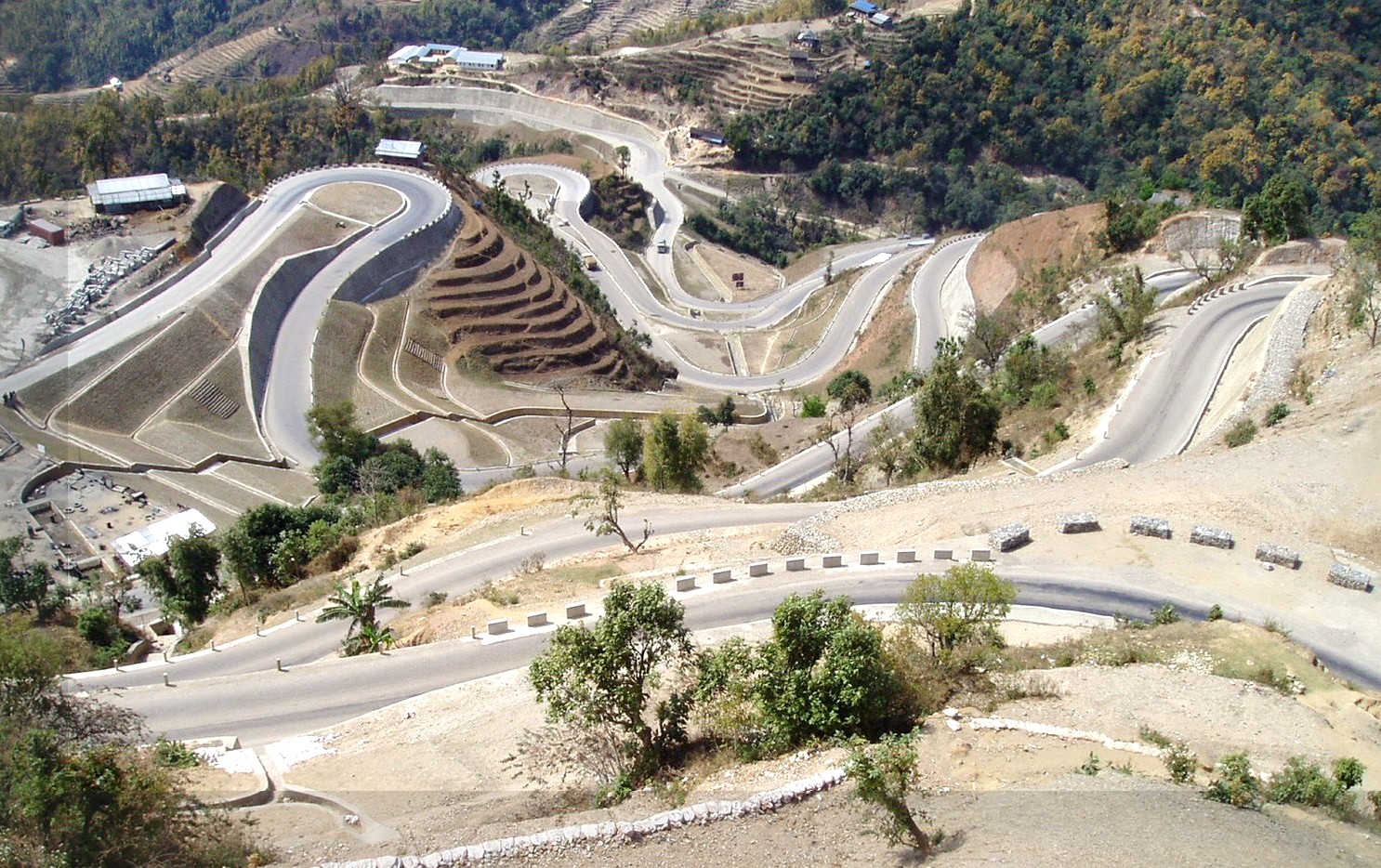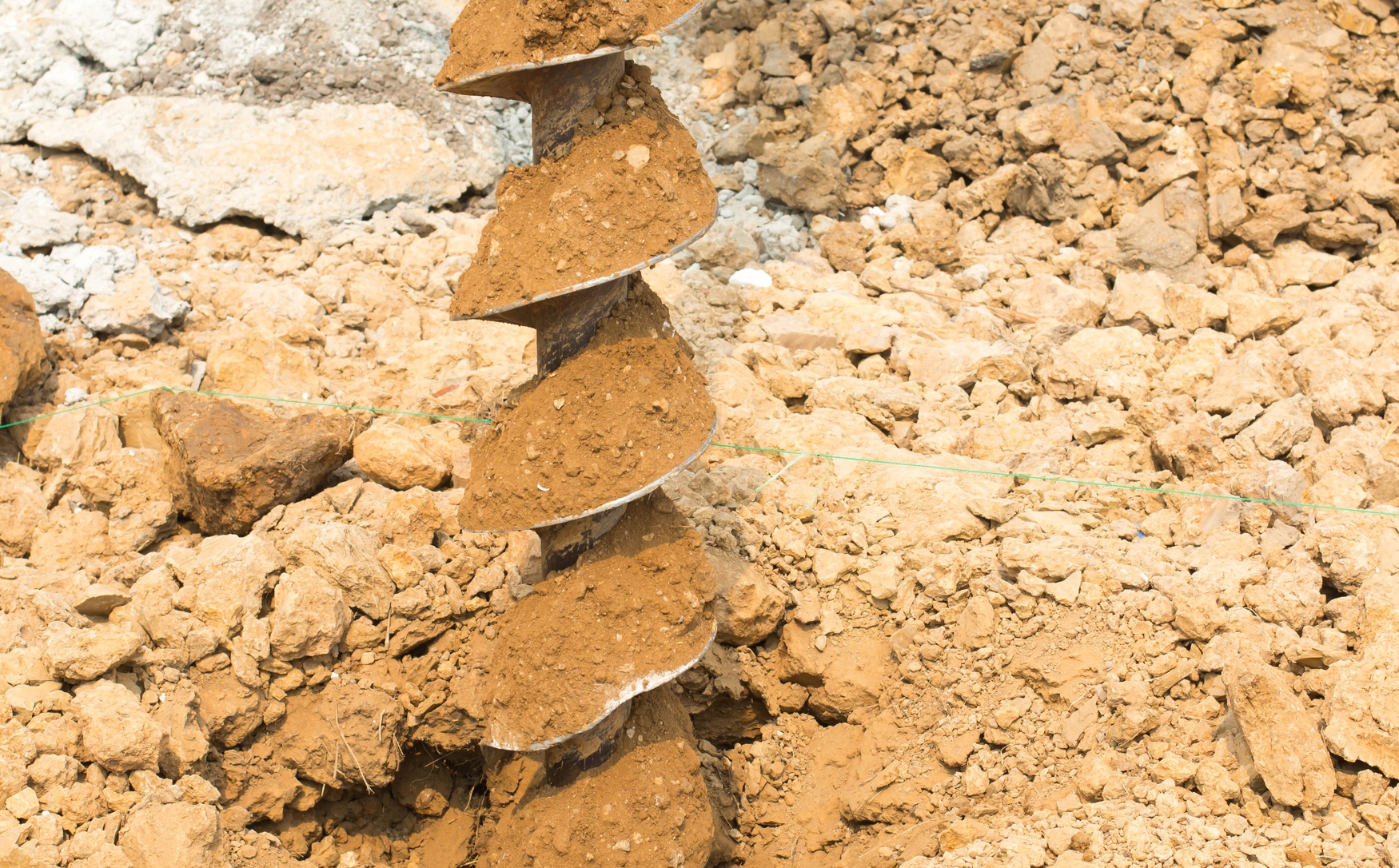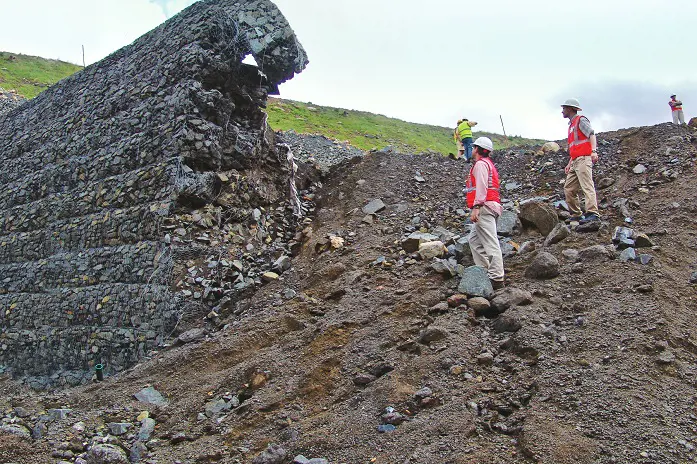Recognizing the Fundamentals: Concerning Geotechnical Engineering in Modern Construction
Recognizing the Fundamentals: Concerning Geotechnical Engineering in Modern Construction
Blog Article
An Extensive Review of Geotechnical Engineering Techniques and Their Influence On Modern Civil Design Projects
Geotechnical design works as the backbone of modern-day civil engineering, providing important techniques that address the intricacies of subsurface conditions. The interaction of dirt analysis, foundation design, and cutting-edge modern technologies shapes the stability and sustainability of infrastructure projects. As we explore these methods, it ends up being clear exactly how important they remain in mitigating potential risks related to building and construction. The effects of these strategies prolong beyond simple safety and security; they also affect job efficiency and ecological factors to consider, elevating vital concerns regarding future innovations in the area. What remains to be uncovered is the transformative capacity of these innovations on city development.
Value of Geotechnical Design
Geotechnical design functions as a vital structure for civil design projects, influencing the safety and security and stability of structures. This discipline concentrates on the actions of dirt and rock products, offering vital understandings that lead the design and building and construction procedures. By comprehending the communication between the earth and engineered frameworks, geotechnical engineers can analyze risks connected with ground conditions, such as negotiation, incline security, and liquefaction.
The value of geotechnical engineering extends past plain architectural honesty; it plays a crucial role in ecological protection and sustainability. Effectively carried out geotechnical assessments make certain that tasks lessen their ecological impact and comply with regulative demands (about geotechnical engineering). Additionally, geotechnical design is critical in website option, making it possible for engineers to determine appropriate places for construction that reduce prospective risks.
Furthermore, geotechnical engineering cultivates development in civil design by progressing strategies for ground enhancement, structure style, and excavation. The technique's payments are critical in attending to challenges posed by varying soil problems, therefore helping with secure and reliable facilities development. Overall, the significance of geotechnical design is extremely important in ensuring that civil engineering tasks are not just practical yet also resilient versus all-natural and manufactured hardships.
Secret Methods in Geotechnical Design

An additional important method is dirt stabilization, which involves customizing dirt homes to improve load-bearing capacity or minimize settlement. Approaches such as including cement, lime, or making use of geosynthetics are typically made use of to accomplish dirt enhancement.
Ground renovation methods, consisting of vibrant compaction and vibro-replacement, are likewise essential. These methods intend to densify loosened or soft soils, improving their toughness and lowering liquefaction possibility in seismic locations.
Retaining structures, such as sheet heaps and dirt nailing, are employed to sustain excavations and prevent soil activity. In addition, incline stabilization methods, consisting of water drainage systems and keeping walls, are crucial for minimizing landslide risks.

Dirt Evaluation and Testing Techniques
Effective soil evaluation and screening methods are important for understanding the chemical and physical residential properties of dirt, which straight affect design decisions. A thorough assessment of dirt features is essential for predicting actions under numerous loading problems and ecological influences.
Typical soil screening approaches consist of both field and laboratory techniques. Area tests, such as the Requirement Infiltration Test (SPT) and Cone Penetration Test (CPT), provide instant insights right into soil stratification, strength, and thickness. These tests help designers examine site conditions efficiently prior to more extensive lab analyses.
Lab testing approaches, such as Atterberg limits, grain size circulation, and compaction tests, are essential for identifying soil plasticity, wetness material, and ideal compaction levels. Advanced techniques like triaxial examinations and consolidated undrained (CU) tests provide valuable data on shear strength and efficient tension criteria.
Chemical testing, consisting of pH, electrical conductivity, and natural content evaluation, is also vital for understanding prospective soil contamination and its effect on building products. Collectively, these soil analysis and testing techniques form the structure of informed decision-making in geotechnical design, making sure the security and security of modern-day civil design tasks.
Foundation Design Approaches
These methods can be categorized into shallow and deep structures, each suited to particular soil conditions and packing scenarios. Shallow foundations, such as spread footings and mat foundations, are usually used when surface area dirts have appropriate bearing capability.
In contrast, deep foundations, consisting of heaps and drilled shafts, are utilized when surface soils are poor or weak for supporting the structure. These structures transfer lots to much deeper, a lot more steady soil or rock layers, making them important for high-rise buildings and bridges in tough geotechnical problems.
Selecting the ideal foundation layout involves extensive geotechnical examinations, consisting of dirt structure, birthing capability, and groundwater conditions. Engineers must take into consideration factors such as settlement, side tons, and possible seismic activity to make certain the this page foundation's performance over time.
Ultimately, a well-executed structure layout is a pivotal element of civil design, directly affecting the safety, longevity, and performance of frameworks. geotechnical specialist. By aligning structure kinds with site-specific conditions, designers can efficiently minimize threats connected with structure failure
Advancements Forming Civil Engineering

Sustainable materials, such as high-performance concrete and recycled accumulations, are also getting grip, promoting eco-friendly techniques while keeping structural stability. In addition, progressed geotechnical techniques, such as ground improvement and deep blending approaches, are improving the stability of structures in tough dirt conditions.
Furthermore, making use of drones and remote sensing innovation is boosting website checking and keeping an eye on, providing real-time data that aids in handling building and construction progress and safety. The application of ingenious building and construction approaches, such as premade and modular building and construction, explanation even more expedites project timelines and click here for more info reduces waste. Collectively, these innovations are not only changing civil engineering practices yet additionally making sure that modern infrastructure meets the needs of an expanding worldwide population while addressing ecological problems.
Verdict
Finally, geotechnical design methods are important to the success of contemporary civil engineering projects. The application of site investigation, soil stablizing, and ground renovation methodologies guarantees the security and security of facilities. Developments such as Structure Info Modeling (BIM) and progressed surveillance innovations further boost task effectiveness and accuracy. By utilizing these methods, designers can minimize threats and add to the development of resilient city environments, eventually promoting lasting growth and security in civil design practices.
Geotechnical design serves as the foundation of modern-day civil engineering, giving essential techniques that resolve the complexities of subsurface conditions.Geotechnical design serves as a vital structure for civil engineering projects, influencing the safety and security and security of frameworks.In addition, geotechnical design cultivates development in civil design by progressing strategies for ground renovation, foundation style, and excavation. In general, the relevance of geotechnical engineering is extremely important in making certain that civil engineering tasks are not only practical however also resilient versus all-natural and manufactured hardships.
In final thought, geotechnical engineering techniques are integral to the success of modern civil design tasks.
Report this page